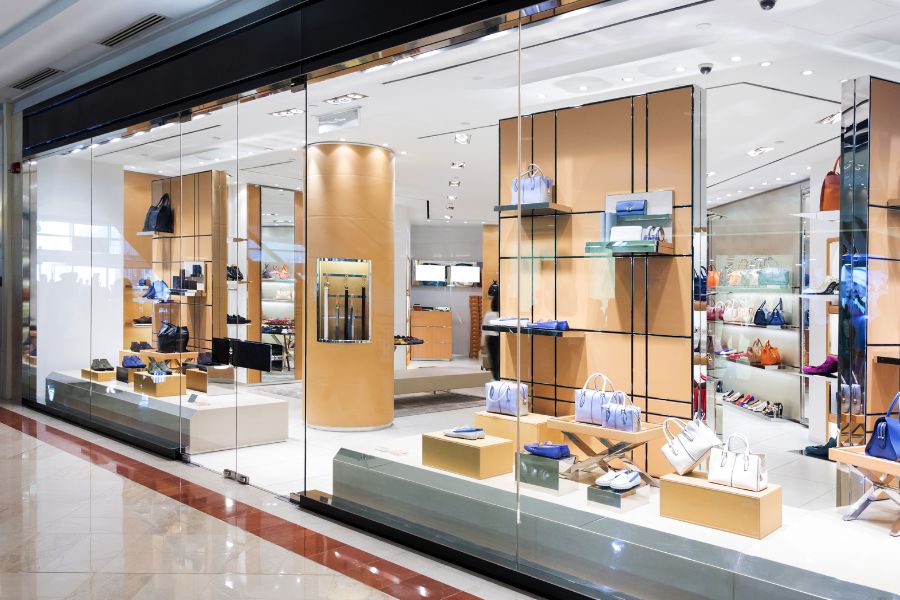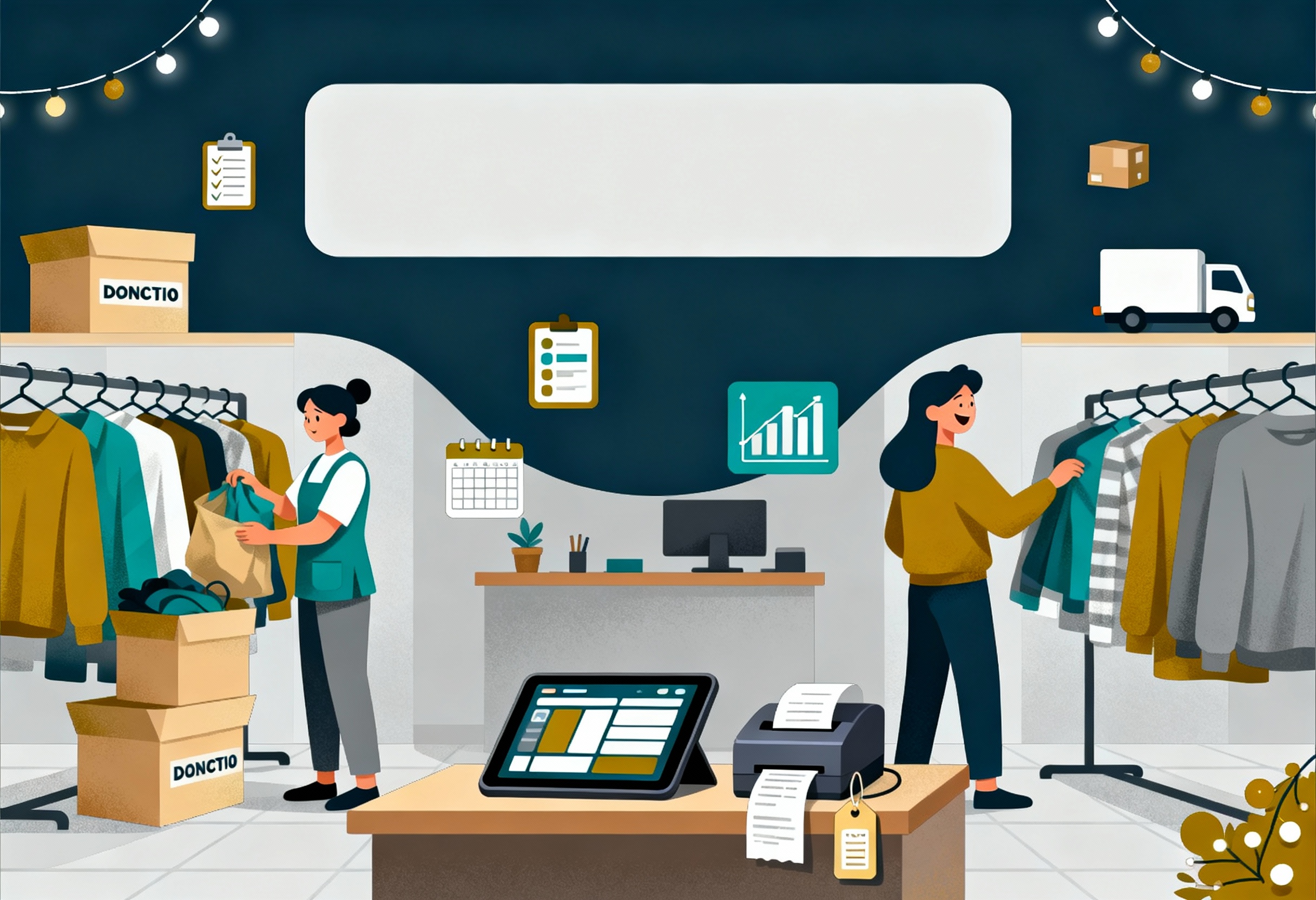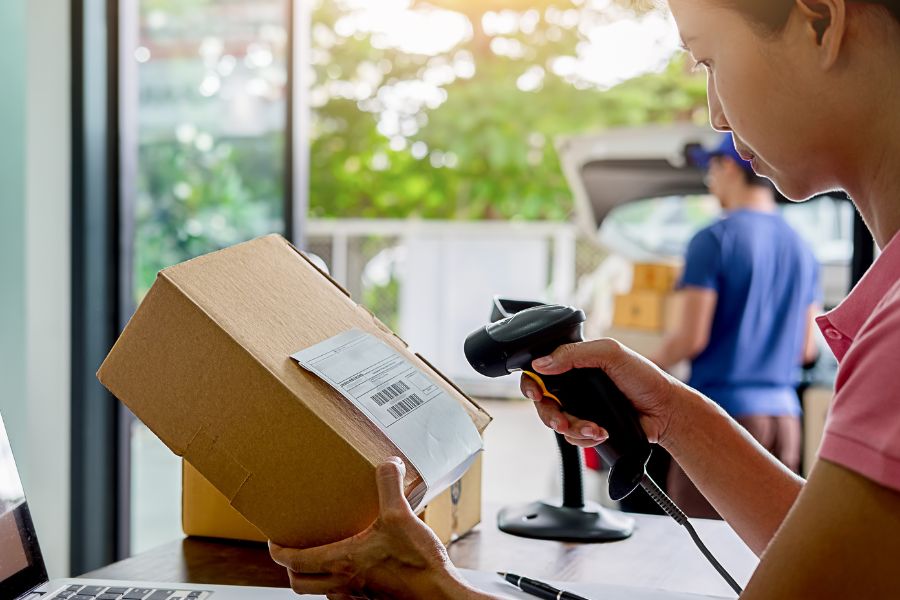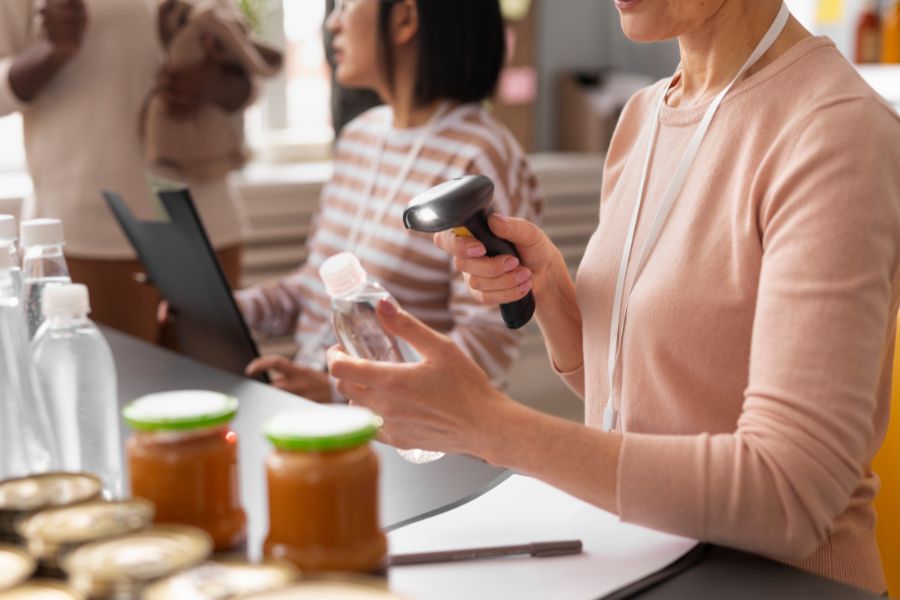If there’s a killer way to introduce your product to new customers, it’s got to be a pop up retail store. This low-investment strategy works wonders for drawing in crowds, boosting brand awareness, and snagging valuable feedback from customers.
But launching a pop up shop isn’t as simple as it might seem. You’ve got a hundred things to juggle, from picking the perfect location to spreading the word about your shop and measuring its success.
There are tried-and-true methods for running a successful pop up shop. And the best way to find them is by learning from the big brands that have already nailed it.
Highlights:
- A pop up retail store is a temporary retail space that allows brands to engage with customers in person, typically lasting from a few days to a few months.
- Pop up stores boost brand loyalty, help test new ideas, and create excitement with a limited-time, exclusive feel.
What Is a Pop Up Store?
A pop up retail store is a short-term retail space that brands set up to engage customers in person. Unlike traditional retail stores, pop up shops appear for a limited period, ranging from a few days to a few months. These stores offer brands an opportunity to test new markets, introduce seasonal items, or generate buzz for a product launch.
What makes pop up stores particularly appealing is their ability to provide an immersive experience that online shopping platforms can’t replicate. Customers can physically interact with products, ask questions, and engage directly with the brand’s representatives. The temporary nature of pop up shops often creates excitement, drawing in both loyal customers and curious new visitors who are eager to experience something fresh and limited.
Pop up stores have become popular not only for small businesses and startups looking to gain exposure but also for established brands experimenting with new concepts or seeking to build a stronger presence in a particular market. By utilizing unique spaces such as galleries, event venues, or even outdoor setups, brands can create a memorable, engaging atmosphere that leaves a lasting impression on customers.
Why is Pop up Retail Store a Cool Strategy?
Launching a pop up shop can offer a range of strategic benefits for brands looking to make a strong impact in a short period.
- Build Personal Connections With Customers
One of the primary reasons for launching a pop up store is the ability to connect with customers on a personal level. Nowadays, direct face-to-face interactions provide a more authentic and engaging customer experience.
Shoppers can physically handle products, interact with knowledgeable staff, and provide immediate feedback. This strengthens customer loyalty and gives brands valuable insights.
►►► Optimal solution set for businesses: Multi store POS, Next-gen POS, Inventory Management Software (MSI), Self Service, Automation, Backorders
- Test New Avenues for Your Brand
Pop up shops also offer a low-risk platform to test new ideas.
Whether you are considering a new product line, experimenting with pricing strategies, or assessing a potential market for expansion, a temporary retail space allows brands to validate assumptions before committing to long-term investments.
- Generate Excitement and Urgency
Building brand awareness and buzz is another key advantage of pop up shops. The limited-time nature of these stores creates a sense of urgency and exclusivity, which motivates customers to visit before the opportunity vanishes.
This scarcity, coupled with the physical presence of the shop, generates excitement and word-of-mouth marketing. It is very effective at drawing attention to new releases or limited-edition items.
- Capture Valuable Content and Visibility
pop up stores are also a great opportunity for content creation. Shoppers often share their experiences on social media, particularly if the space is designed with engaging and Instagram-worthy features.
The user-generated content amplifies your brand’s reach far beyond the immediate foot traffic of the shop itself through online channels.
Learn From 8 Real-Life Examples of Pop up Retail Stores
There are many examples you can learn from to launch a successful pop up shop. To help you plan your next one, here are 8 inspiring strategies from real-life examples that show how to make your pop up store stand out during the 2025 holiday season.
Promote Exclusive Releases
Pop ups don’t need to stay in one place. A mobile setup lets you reach new audiences by traveling to different neighborhoods, cities, or even events.
Dolce & Gabbana’s Sicilian Cart pop-up, which toured the Hamptons, is a strong case of a luxury brand going mobile to meet high-end shoppers where they are. Other fashion houses like Dior, Gucci, and Chanel have followed suit with similar mobile installations designed around experience and exclusivity.
Embrace Mobility
Pop-ups don’t need to stay in one place. A mobile setup lets you reach new audiences by traveling to different neighborhoods, cities, or even events.
Dolce & Gabbana’s Sicilian Cart pop-up, which toured the Hamptons, is a strong case of a luxury brand going mobile to meet high-end shoppers where they are. Other fashion houses like Dior, Gucci, and Chanel have followed suit with similar mobile installations designed around experience and exclusivity.
Offer Complementary Services
Adding value through free services can elevate the in-store experience and create a stronger brand connection. These extras encourage longer visits and increase the likelihood of purchases.
Key Black, a women’s fashion brand in New Zealand, includes free personal styling consultations at its pop-up events. This personal touch helps customers feel more confident in their choices while reinforcing the brand’s attention to detail.
Offer Special Discounts
Pop ups are an ideal setting for time-limited promotions. Exclusive discounts create buzz and reward shoppers for showing up in person.
Girlfriend Collective, known for its sustainable athleisure, has hosted sample sale pop-ups in Los Angeles that featured steep, in-store-only discounts. These events consistently attract large crowds and generate strong word-of-mouth.
Collaborate With Other Brands
Partnering with like-minded brands adds variety to your pop up and helps split operational expenses. It also lets you tap into a broader customer base.
Frankie’s on the Park regularly hosts collaborative pop-ups where multiple brands share space and cross-promote to their audiences. Kūla, a lifestyle brand, partnered with a local ceramics maker and coffee shop to create a more immersive, community-focused event.
Invite Special Guests
Bringing in influencers, designers, or industry insiders can create buzz and increase foot traffic. These appearances turn your pop up into an event rather than just a store.
ByFossdal, a Danish jewelry brand, has invited well-known Instagram designers to their pop ups. These guest appearances attract new visitors and create content opportunities that extend beyond the event.
Host Seasonal Pop Ips
Tying your pop up to a holiday or seasonal moment gives customers a reason to visit that aligns with their shopping habits. These events also build anticipation year after year.
Finer Rings has hosted themed pop-ups around Valentine’s Day, offering curated gift ideas and limited-time product bundles. FIELD + SUPPLY holds annual holiday markets that have become a regular fixture for festive shoppers.
Focus on Resales
Resale pop ups meet the growing demand for sustainable and affordable fashion. These events appeal to budget-conscious shoppers and those looking for unique finds.
PopUp Kids Consign + Shop organizes events where parents can shop both new and gently used children’s clothing. Their online platform shares event dates in advance, building a community around the idea of conscious shopping.
Create Urgency With Time-Limited Events
The temporary nature of pop ups already creates demand, but tying them to key moments can increase urgency even more.
The Baltimore Ravens’ playoff pop-up shop is only open during playoff games at the stadium. Fans know the store won’t be around for long, especially if the team’s season ends, so they show up ready to buy.
When launching a pop up store, brands need a POS system that’s fast to deploy, easy to use, and built to handle high-traffic, short-term operations. ConnectPOS checks all those boxes, making it a strong choice for temporary retail setups. Its real-time inventory syncing maintains accuracy across locations, even during limited-time sales or exclusive drops, while its flexible setup allows teams to get up and running in minutes. Whether you’re selling in a busy urban market or a seasonal holiday venue, ConnectPOS supports a smooth checkout experience and gives staff the tools they need to manage sales, stock, and customer interactions confidently.
Why ConnectPOS fits pop-up retail stores:
- Quick Setup: Launch a fully functional POS system without complex hardware or long installation times.
- Real-Time Inventory Syncing: Keep stock levels accurate across pop up locations and online channels to avoid overselling or missed sales.
- Multi-Payment Support: Accept cash, card, mobile wallets, and more, ideal for diverse customer preferences in high-traffic environments.
- Mobile POS Capabilities: Use tablets or handheld devices to serve customers anywhere in the space, reducing lines and speeding up checkout.
- Offline Mode: Keep operations running even without internet, transactions sync automatically once connectivity returns.
- Instant Sales Data: Access real-time reports to make quick decisions on restocking, promotions, or staffing adjustments.
- Omnichannel Integration: Sync with your eCommerce platform to unify customer data and order history, even during short-term events.
- Custom Receipts and Promotions: Tailor receipts or pop up specific offers with branding and messaging that reflect the temporary retail theme.
FAQs: Pop Up Retail Store
- What Can I Sell at Pop Up Shops?
You can sell virtually anything at a pop up shop, but the most successful products tend to be non-perishable, portable, and easy to display in a temporary setting. This could include fashion items, beauty products, accessories, home decor, or even art.
The key is to offer products that can be quickly moved and easily restocked. pop up shops are also a fantastic platform for launching new items, as they allow brands to create buzz and generate interest in fresh products.
- Can You Make Money From Pop Up Shops?
Yes, pop up shops can be highly profitable. You can attract new customers, deepen relationships with existing ones, and create a sense of urgency that often leads to faster purchasing decisions.
The temporary and exclusive nature of pop ups encourages impulse buys, while the face-to-face interaction builds trust and brand loyalty. Plus, pop up shops are a cost-effective way to test markets or experiment with new product lines without the overhead of a permanent store.
- How Many Items Should You Have at A Pop Up Shop?
The ideal number of products for a pop up shop depends on several factors, such as the size of the venue, the duration of the event, and how much inventory you can transport. It’s not necessary to bring your entire catalog. In fact, offering a curated selection of your best-selling or most relevant items can create a more focused shopping experience.
- Where Is the Best Place to Open a pop up Shop?
The location of your pop up shop is crucial to its success. Look for areas that are highly visible and accessible to your target audience. High foot traffic zones, such as shopping districts, busy streets, or event venues, can attract passersby. Moreover, ensure that the location is safe and offers amenities like parking or easy public transport access.
Conclusion
All in all, a pop up retail store is a budget-friendly way for businesses to reach new customers, showcase products, try something new, and more. More than just a temporary setup, they provide an opportunity to create excitement around your brand, test new markets, and gather valuable customer feedback. A well-executed pop-up can drive brand awareness, increase customer loyalty, and serve as a testing ground for new products or services. Given the relatively low investment and high potential for returns, the benefits of launching a pop-up store far outweigh the costs, making it a powerful strategy for businesses of all sizes.
To explore how ConnectPOS can help streamline your pop-up store operations and maximize your impact, contact us now.
►►► Optimal solution set for businesses: Shopify POS, Magento POS, BigCommerce POS, WooCommerce POS, NetSuite POS, E-Commerce POS



